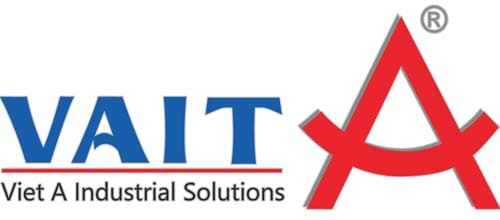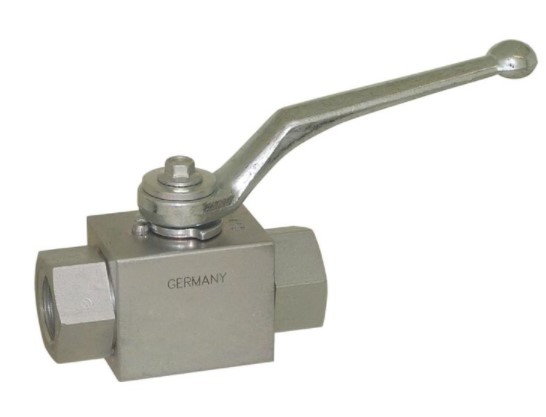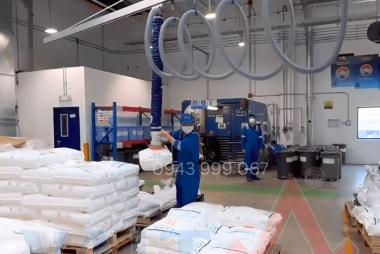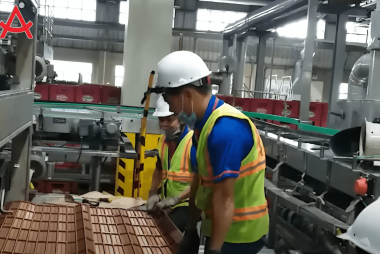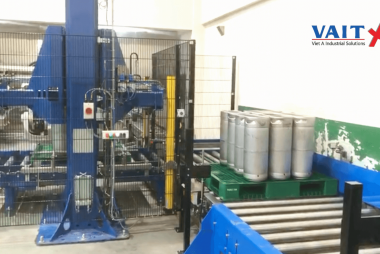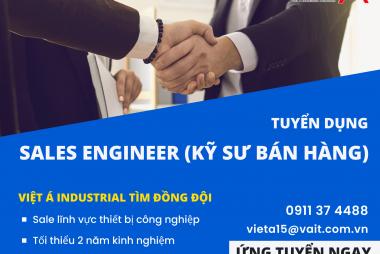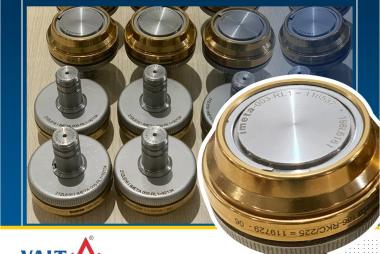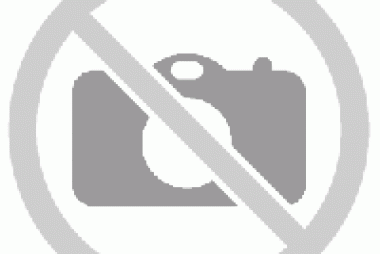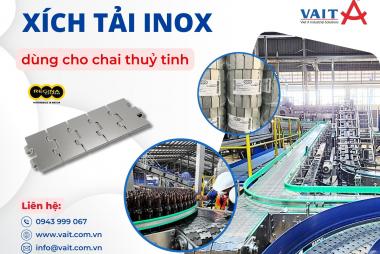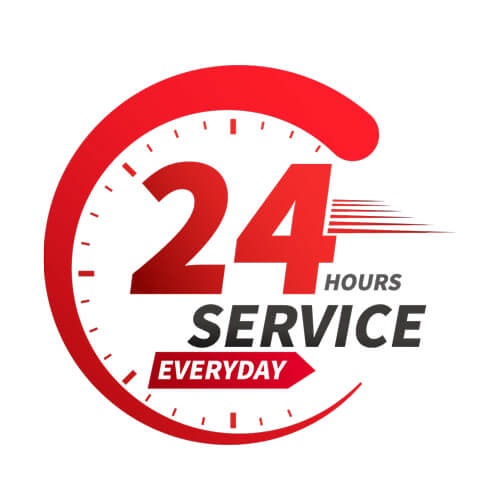BALL VALVE FOR INDUSTRIAL USE
Ball Valves for Industrial Use - EA Brand - Germany in Vietnam
Technical information
How a ball valve works
Ball valves are fittings for shutting off (2-way ball valves) pipes and tanks or for diverting or dividing a media flow (3-way or multi-way ball valves). The pierced ball is brought into the desired position by a 90 ° rotary movement. The rotary movement can be carried out manually using a hand lever or pneumatically (single-acting, spring-return, double-acting) or electrically using a rotary actuator.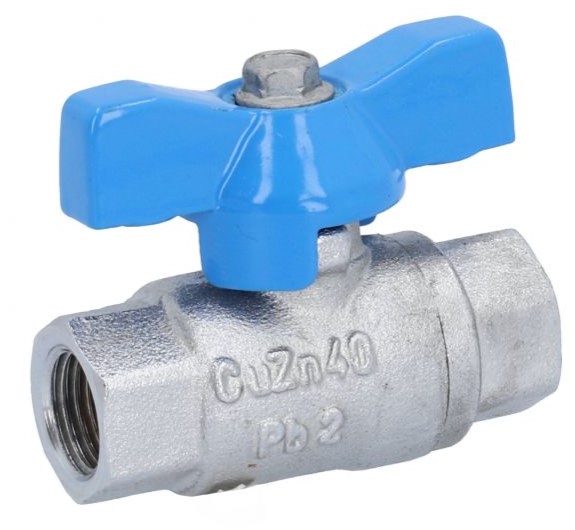
Sizes and sizes
The ball valves are manufactured in nominal sizes from DN4 to DN1000. Standard sizes are DN10 to DN300 for flanged ball valves and ¼ "to 6" for ball valves with internal thread or welding ends. In the END-Armaturen online shop - with VAIT you have the option of selecting the nominal widths of the ball valves to suit your application.
Design features
Ball valves are available in different designs. In the case of the housing construction, a distinction is made between 1-part, 2-part or 3-part designs. Fully welded ball valves are also used in the district heating sector.
1-part ball valves usually have a reduced passage and are therefore very inexpensive.
Ball valves with a 2-part body construction are mostly used, but compared to the 3-part ball valve they have the disadvantage that the seals cannot be changed or can only be changed with great effort.
Materials
Housing materials are often brass, steel (GSC), ductile iron (GGG), stainless steels in a wide variety of alloys (1.4301. 1.4408. 1.4401 1.4571, but also plastics such as PVC, PP or PVDF.Balls are also made from these materials, but often with additional surface treatment such as nickel or chrome
plating . However, materials for special applications such as bronze, aluminum bronze, Hasteloy etc. are also available.
The main sealing material used is PTFE (RTFE), and depending on the application, it is also reinforced with glass fiber or carbon. Metallic sealing ball valves are also used for abrasive media or high media temperatures.
Connection types
The connection types are versatile. These are available with internal threads according to DIN2999, ISO228, ISO 7 / 1RP, EN10226-, BSP EN10226-1, for the American market also with NPT threads according to ASME / ANSI B20.1. Welding ends according to DIN3239, ISO4200 or DIN11850 for the food industry. The flange connections are differentiated according to EN1092-1 (formerly DIN2501) according to the connection dimensions for PN10, PN16, PN40, PN64 etc. or according to the American standard ANSI -ASME16.5 class150, class300, class600 etc.
Overall lengths (face to face)
Depending on the type of connection, the overall lengths are also standardized. The length EN558-1 (formerly DIN3202 F1, F4, F5 or DIN3202 K1 for wafer-type armatures) is used for flange fittings.
EN16722 (formerly DIN3202-M3) for fittings with internal thread and EN12982 (formerly DIN3202) for fittings with welding ends.
However, ball valves are also manufactured according to in-house standards with different overall lengths. Here, for example, compact ball valves, which have a smaller installation dimension compared to the DIN overall length and thus also a smaller dead space in the line.
Typical areas of application and areas of application for ball valves
Ball valves are used in almost all productions, municipal areas and building services systems. Examples include the beverage and food industry, water treatment, systems for renewable energies (e.g. biogas, biodiesel, solar systems), building technology, laundry technology, marine applications and well construction.
Further areas of application:
- Beverage industry
- food industry
- Plumbing installation
- Heating systems
- radiator
- Drinking water installation
- Process industry
- Solar industry
- Industrial and building technology
- Tests and approvals
Tests and approvals
Acceptance test certificates according to DIN-EN10213 2.2 or 3.1 are available for almost all ball valves. However, approvals and approvals for special applications are also possible. For example DVGW for gas or drinking water, TA-Luft certification DIN EN ISO 15848-1 or VDI2440, antistatic according to BS5146 - ISO7121, fire safe according to BS6755-T2 or ISO10497. Applications in the ATEX area also belong to the areas of application.
End-Armaturen (EA) is a supplier of industrial valves from Germany that famous for various valves such as butterfly valves, linear control valves, knife valves, safety valves, pressure reducer valves...
Viet A is the authorized distributor of EA brand - Germany in Vietnam.

